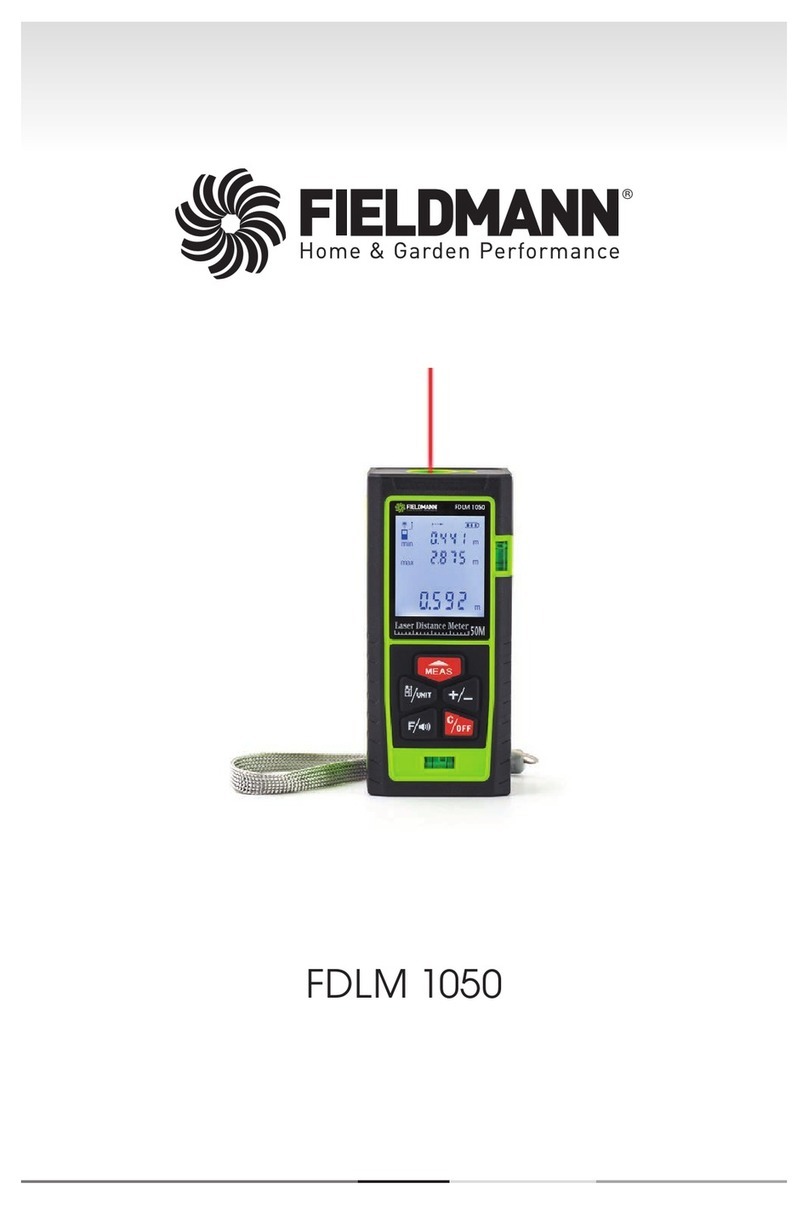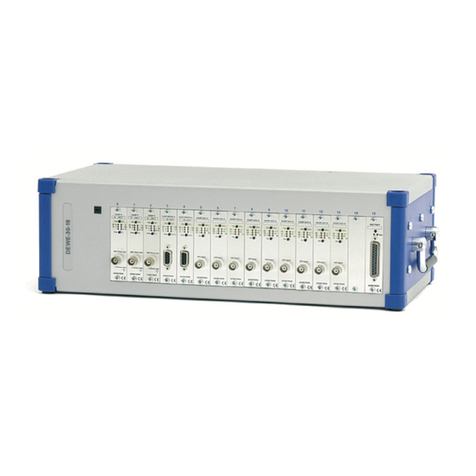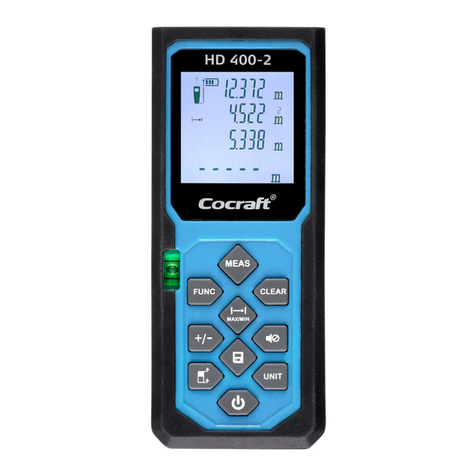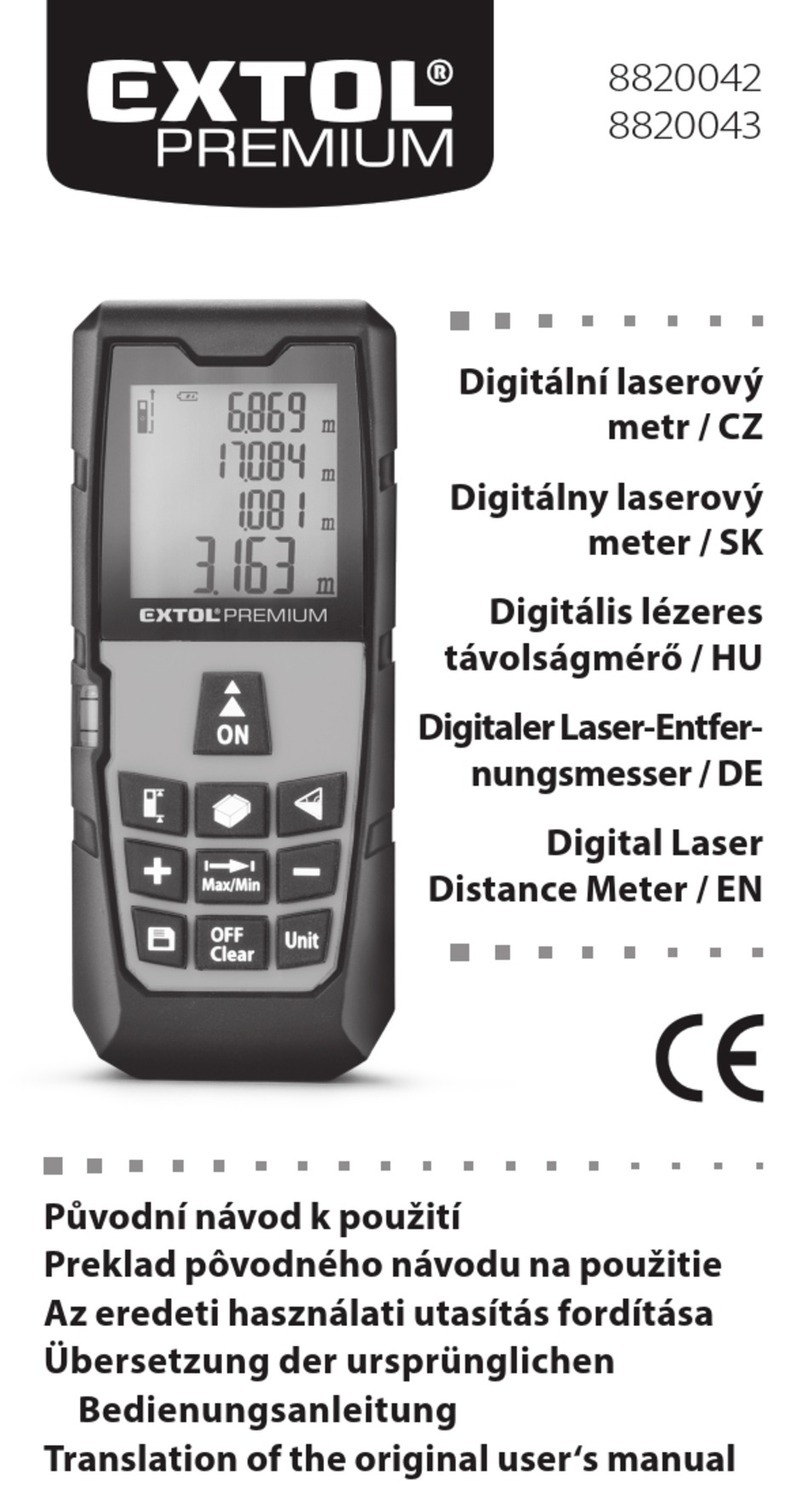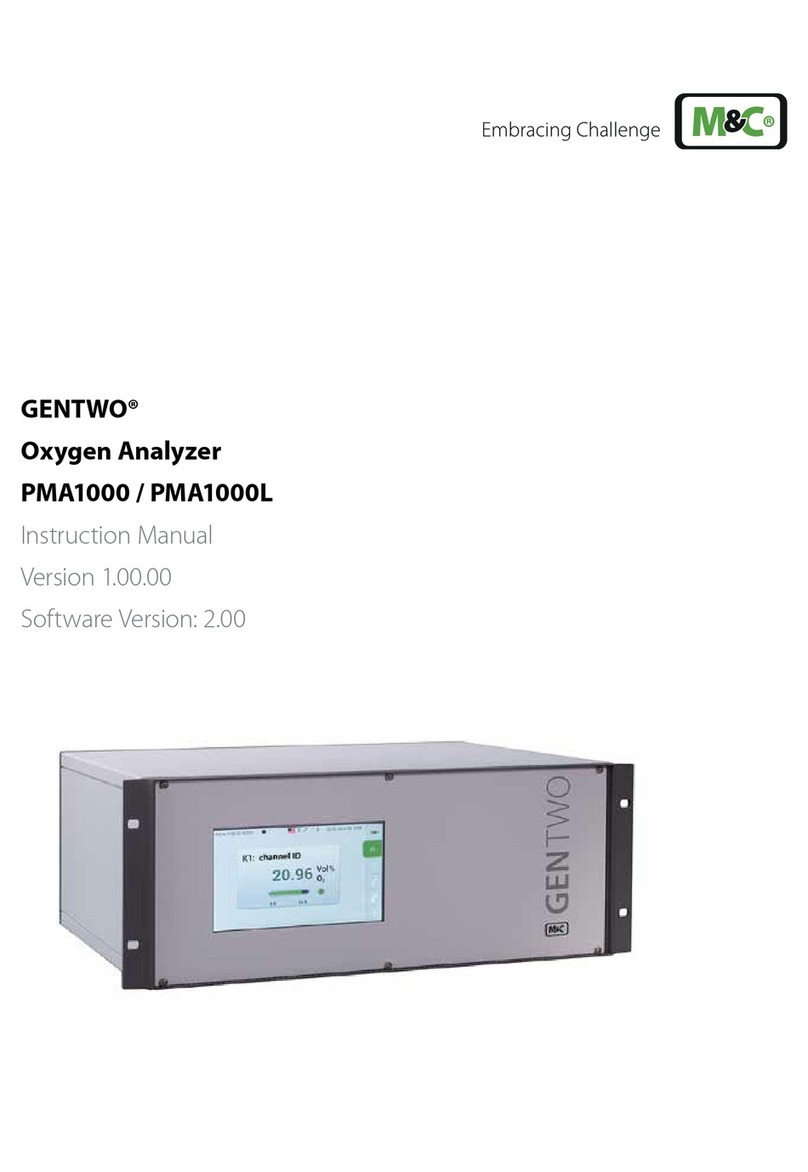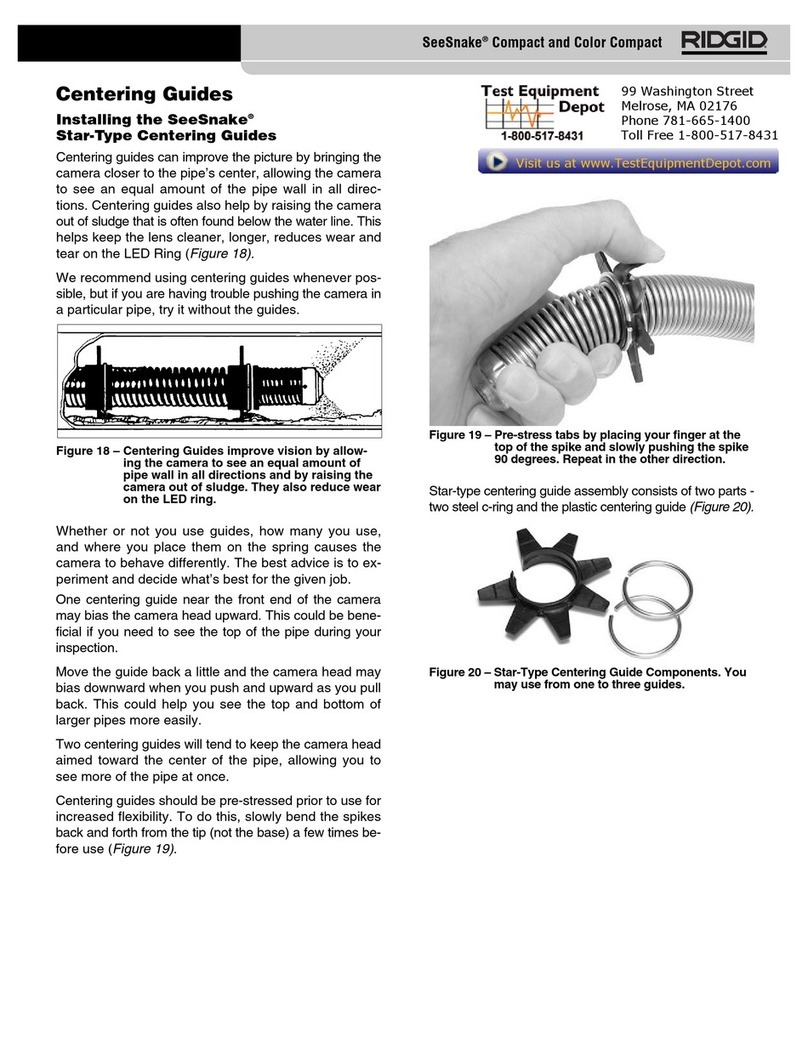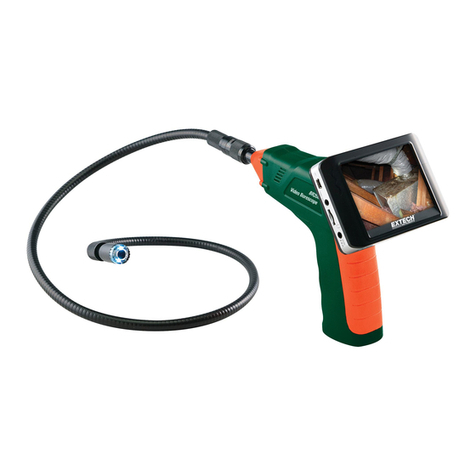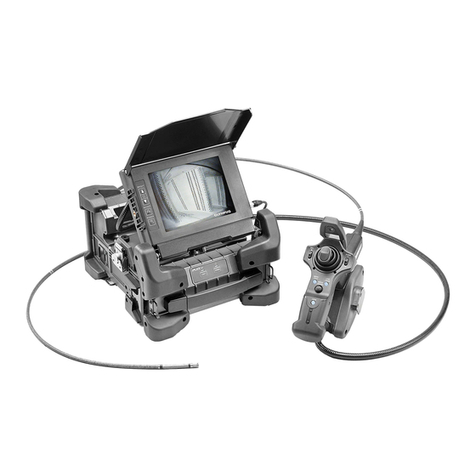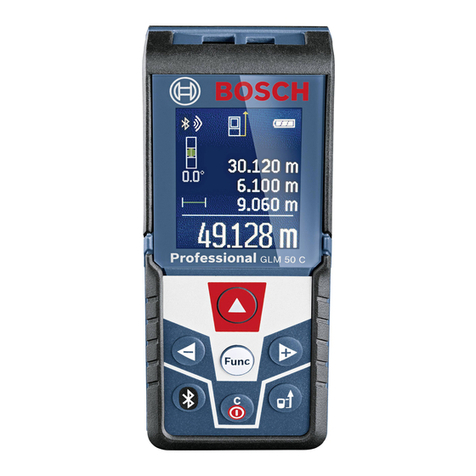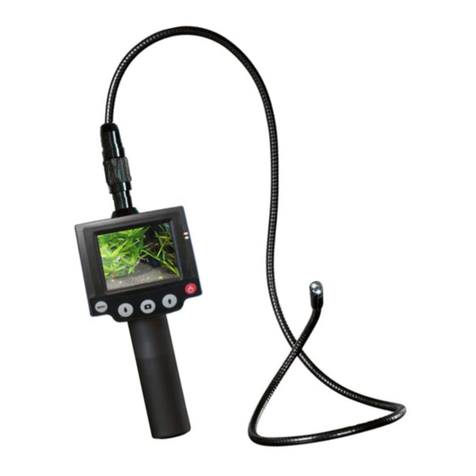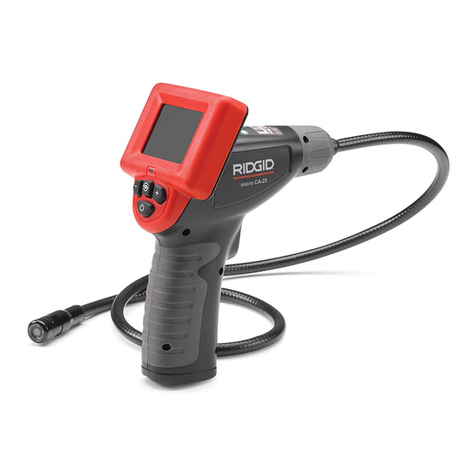
LAMBDA 721 OPERATION MANUAL – REV. 1.10C (20210517)
TABLE OF CONTENTS
DISCLAIMER ......................................................................................................................................iii
SAFETY WARNINGS AND PRECAUTIONS...................................................................................iii
Electrical .................................................................................................................................................iii
Avoiding Electrical Shock and Fire-related Injury.............................................................................iii
Electromagnetic Interference ...............................................................................................................iii
Operational .............................................................................................................................................iii
Avoiding Physical Injury while Powered up and Emitting Light .....................................................iv
Other........................................................................................................................................................iv
1. INTRODUCTION.............................................................................................................................1
1.1 Introduction.......................................................................................................................................1
1.1.1 How to Use this Manual............................................................................................................1
1.1.2 Technical Support ......................................................................................................................1
1.2 General Description..........................................................................................................................2
1.2.1 Features.......................................................................................................................................3
1.2.2 Common Applications................................................................................................................3
2. INSTALLATION ..............................................................................................................................5
2.1 Unpacking..........................................................................................................................................5
2.2 Getting Started..................................................................................................................................5
2.3 Configuration ....................................................................................................................................7
DIP Switches ........................................................................................................................................7
3. OPERATIONS ..................................................................................................................................9
3.1 Controls..............................................................................................................................................9
3.1.1 Power Switch..............................................................................................................................9
3.2 Indicators ...........................................................................................................................................9
3.2.1 LED On/Off State Indicators ....................................................................................................9
3.3 Connectors .........................................................................................................................................9
3.3.1 Light Beam Combiner Output..................................................................................................9
3.3.1 TTL Inputs (LED # 1 – 7) BNC Connectors ........................................................................10
3.3.1 Ring Buffer BNC Connector ...................................................................................................10
3.3.2 USB Device Interface Connector............................................................................................10
3.4 Operation .........................................................................................................................................10
3.1 Lambda 10 Mode.............................................................................................................................10
3.1.1 Control Operations...................................................................................................................11
3.1.2 Mode Exit ..................................................................................................................................11
3.1 TTL Mode ........................................................................................................................................11
3.1.1 Control Operations...................................................................................................................12
3.1.1 Mode Exit ..................................................................................................................................12
3.2 Ring Buffer Mode............................................................................................................................12
3.2.1 Running the Ring Buffer Control Operations ......................................................................13
3.2.2 Stopping the Ring Buffer Run ................................................................................................13
3.2.1 Editing the Ring Buffer ...........................................................................................................13
3.1 Setup Mode ......................................................................................................................................13
3.1 Demo Mode......................................................................................................................................14
